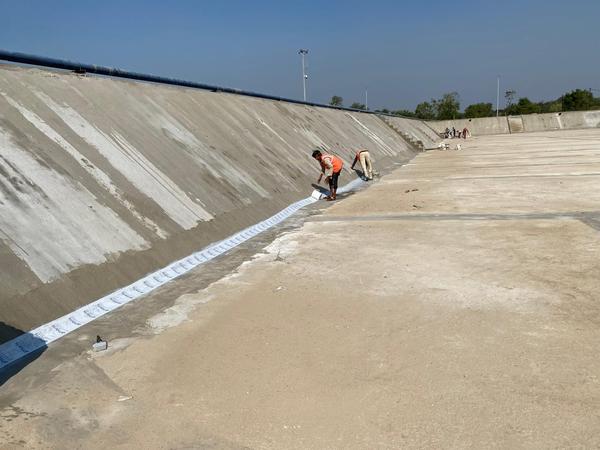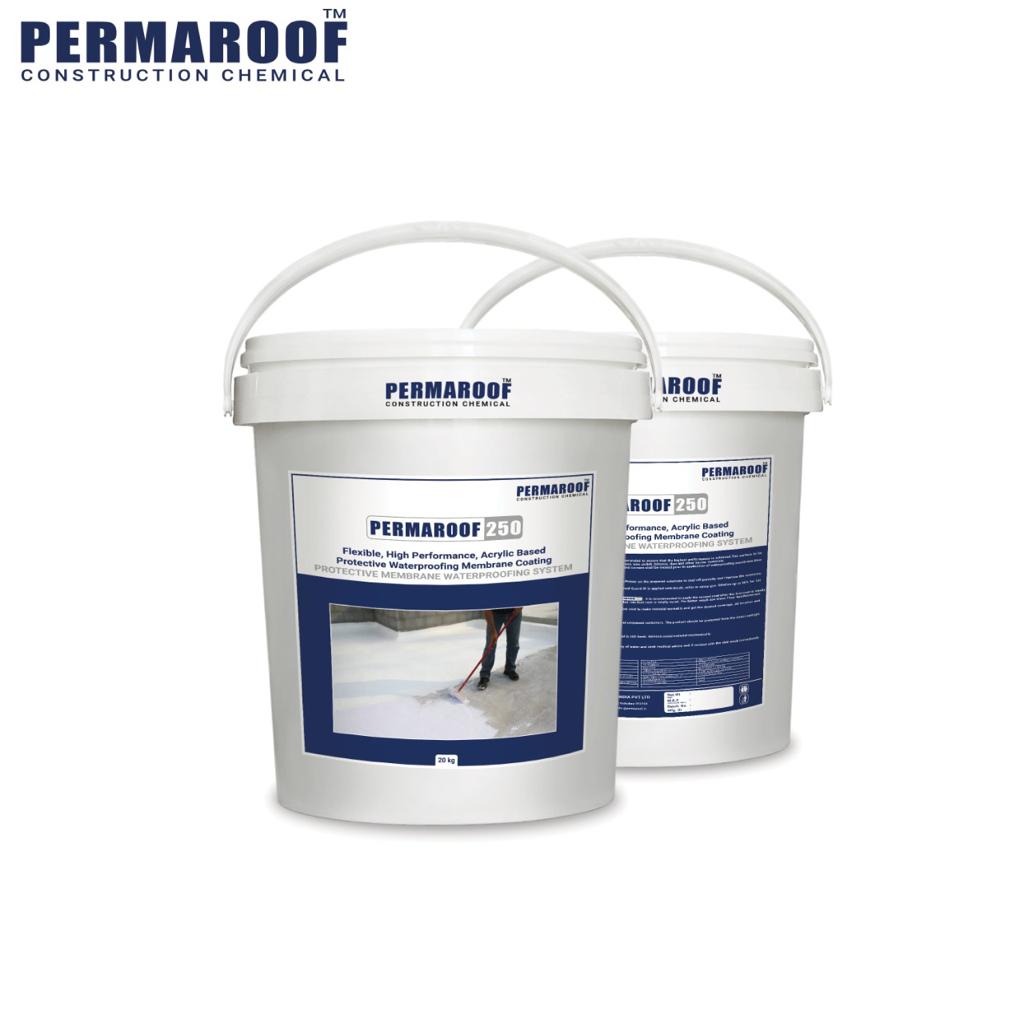
A "white membrane coating" typically refers to ...

A "white membrane coating" typically refers to a type of waterproofing or roofing membrane that is either naturally or intentionally white in color. These membranes are designed to provide a durable and reflective surface that offers protection against water infiltration and helps reflect sunlight and heat. They are commonly used in construction and roofing applications to enhance energy efficiency, reduce cooling costs, and protect structures from the elements. Here are a few key aspects of white membrane coatings: Reflectivity: White membrane coatings are known for their high solar reflectivity and thermal emittance. This means they can reflect a significant amount of the sun's energy and emit a substantial portion of the heat they absorb. This quality is especially valuable in warm or sunny climates because it can help reduce a building's cooling load and energy costs. Waterproofing: White membrane coatings, whether applied to a roof or another surface, are designed to provide waterproofing. They create a protective barrier against water infiltration, preventing leaks and damage to the underlying structure. Cool Roof: White membranes are often associated with "cool roofs, " which are roofing systems designed to reflect more sunlight and absorb less heat. Cool roofs can help reduce a building's temperature and lower the urban heat island effect, making them environmentally friendly. Material Types: White membrane coatings can be made from various materials, including: PVC (Polyvinyl Chloride): White PVC roofing membranes are known for their reflectivity, durability, and resistance to chemicals and UV radiation. TPO (Thermoplastic Olefin): TPO roofing membranes are available in white and provide good reflectivity and heat-welded seams for waterproofing. EPDM (Ethylene Propylene Diene Monomer): EPDM roofing membranes are available in white and are known for their durability and flexibility. Acrylic Coatings: Some roofing systems use white acrylic coatings to enhance reflectivity and provide an additional layer of protection. Application: White membrane coatings can be installed on various surfaces, including flat or low-slope roofs, terraces, and even exterior walls. They are typically applied as a continuous, seamless layer over the substrate. Maintenance: Regular maintenance, such as cleaning and inspections, is essential to ensure the longevity and effectiveness of white membrane coatings. Any damage or wear should be promptly repaired to maintain waterproofing and reflectivity. White membrane coatings are a popular choice in commercial and industrial roofing because they offer multiple benefits, including energy efficiency, weather resistance, and durability. When considering a white membrane for a specific project, it's important to consult with a roofing professional or contractor to select the appropriate type of membrane based on the building's requirements and local climate conditions.
Keywords
Subscribe for latest offers & updates
We hate spam too.


